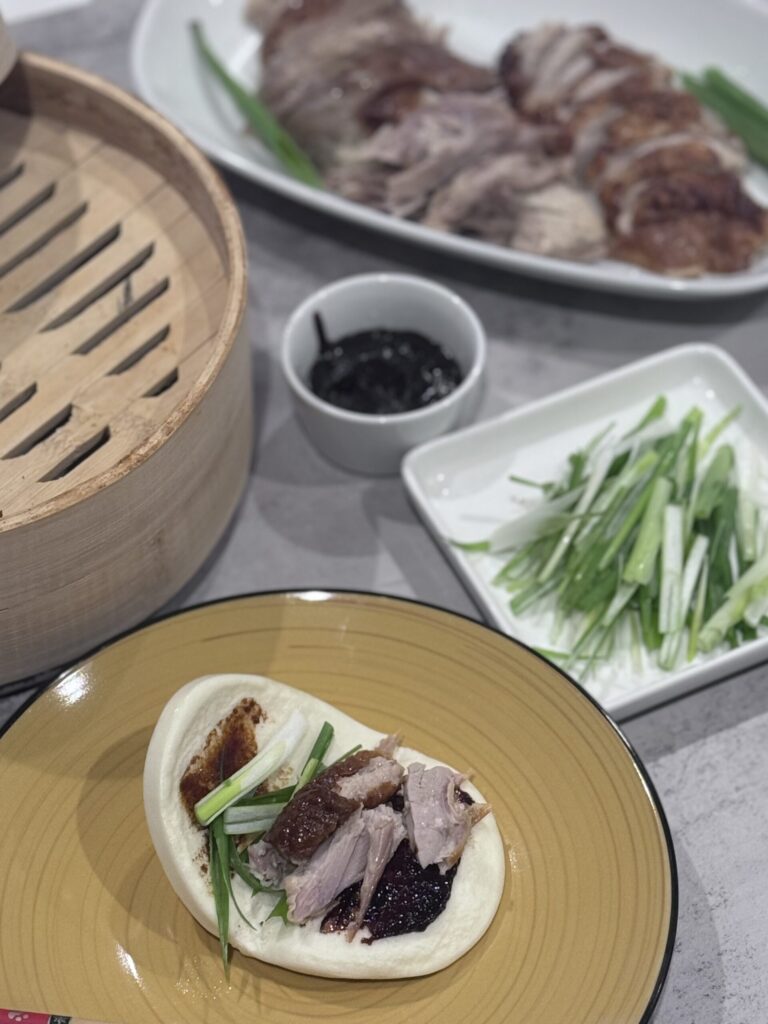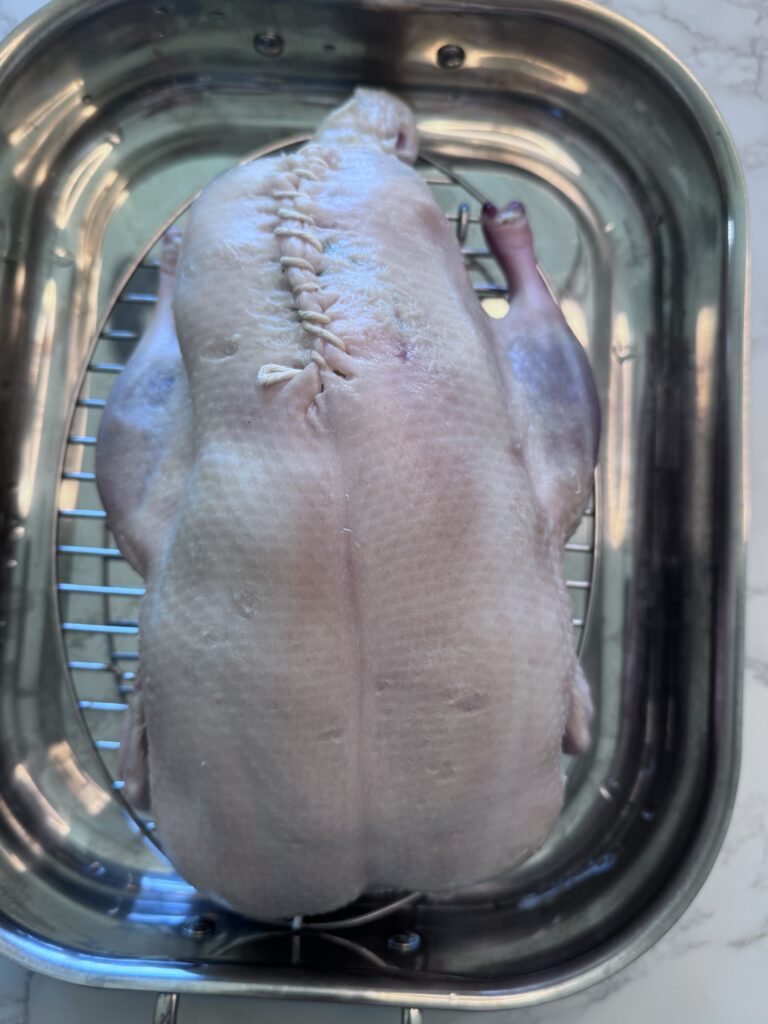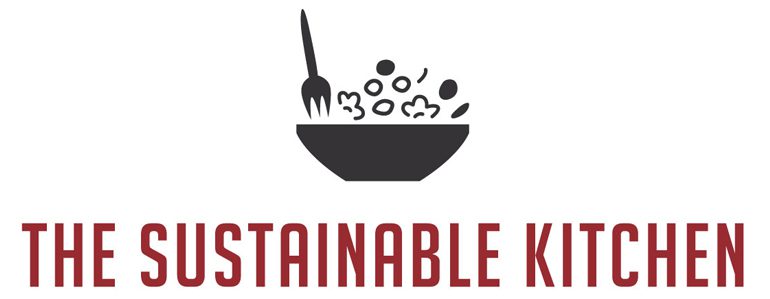Every year, I watch A Christmas Story without fail. It’s not just the leg lamp or the triple-dog-dare moments—it’s the ending that gets me every time. When their Christmas dinner goes hilariously off-course, the family ends up at a Chinese restaurant, sharing a meal of Peking Duck. That scene inspired me to try something new this year and bring a little bit of that festive nostalgia into my own kitchen by making Peking Duck at home.

And let me tell you, it’s easier than you think. I followed the recipe from Red House Spice, and the results were nothing short of spectacular. No special equipment, no overly complicated techniques—just a simple method that transforms a humble duck into a crispy, flavorful masterpiece.

- What is Peking Duck?
- Peking Duck is a traditional Chinese dish that dates back to the Yuan Dynasty (1271-1368). Originally a dish for the imperial court, its meticulous preparation and exquisite taste soon gained popularity across China and beyond. Traditionally, the duck is air-dried to ensure its signature crispy skin, then roasted over an open flame or in a specialized oven.
- The unique maltose glaze is what gives the duck its golden, lacquered finish, and the stuffing of aromatic spices and fruits infuses the meat with flavor. In Chinese culture, Peking Duck isn’t just a dish; it’s an experience, often served as a centerpiece for celebrations and gatherings.

The Difference Between Peking Duck and Chinese Roasted Duck
While both Peking Duck and Chinese Roasted Duck are iconic dishes, they have distinct differences in preparation, flavor, and presentation that make each unique.
Peking Duck is renowned for its crispy, paper-thin skin and is traditionally served with steamed bao buns, scallions, cucumbers, and a sweet bean or hoisin sauce. The emphasis is on the skin, which is carefully prepared through a drying and syrup-glazing process. The meat is often secondary in this dish, as the skin is the star, offering a delicate crunch and rich flavor.
Chinese Roasted Duck, on the other hand, focuses on the whole bird, with both the meat and skin playing a significant role. The duck is marinated in a blend of spices, soy sauce, and aromatics, giving it a deep, savory flavor. The skin is less crispy compared to Peking Duck, but the meat is juicier and often served as the main highlight alongside rice or noodles.
The key difference lies in the serving style and the preparation process. Peking Duck involves a multi-day drying and glazing ritual to achieve that signature crispiness, while Chinese Roasted Duck is quicker to prepare and offers a more robust, hearty flavor profile.
Both are delicious in their own right, so why not try making both and see which one wins your heart?

How To Serve Peking Duck
The joy of Peking Duck is not just in its cooking but in how it’s eaten. Traditionally, it’s served with:
• Steamed bao buns or thin pancakes
• Sweet bean or hoisin sauce for that perfect touch of umami sweetness
• Crisp cucumber slices and fresh scallions to add a refreshing crunch
The process is almost ceremonial: spread a little sauce on the bao, add the duck, cucumbers, and scallions, then wrap it all up into a delicious bundle. It’s a hands-on, interactive dining experience that feels special and communal—perfect for the holidays.

Why This Recipe Works
• Crispy Skin Made Easy: The maltose glaze and air-drying process give the skin its irresistible crunch without any fancy equipment.
• Flavor-Packed Stuffing: A mix of scallions, apples, and warming spices infuses the duck with subtle yet bold flavors.
• Simple Ingredients: No need for a trip to a specialty store—this recipe uses pantry staples and easily sourced ingredients.

Tips for Making Peking Duck
Plan Ahead: The air-drying step is crucial for crispy skin, so make sure to give the duck enough time to chill in the fridge.
Don’t Skip the Glaze: The maltose mixture is key to achieving that beautiful golden-brown color.
Use a Thermometer: To ensure your duck is cooked perfectly, check the internal temperature. You’re looking for 165°F (74°C) in the thickest part of the meat.
Reserve the Drippings: The fat that collects in the roasting pan is liquid gold—use it for cooking vegetables or making the sauce extra luxurious.

Prepare the Duck
1. Pat the duck dry with paper towels, then rub salt over the skin and cavity. Place the duck on a wire rack over a tray and let it rest for 1 hour.

2. Bring about 6 cups of water to a boil and gently pour it over the duck to tighten the skin. Remove any feather ends with tweezers if needed.

3. Mix the maltose, hot water, and vinegar until dissolved. Brush a layer over the duck skin and refrigerate uncovered for 24-48 hours, brushing again after the first hour.

Roast the Duck
1. Preheat the oven to 390°F (200°C). Stuff the cavity with scallions, garlic, apples, star anise, cinnamon, and bay leaves. Seal the opening with skewers or toothpicks.


2. Roast breast-side up for 15 minutes, then reduce the temperature to 350°F (180°C) and cover the wings and legs with foil. Continue roasting for 60 minutes.
3. Check for doneness using a thermometer; the internal temperature should be at least 165°F (74°C).
Serve and Enjoy
Served in steamed bao buns, sweet bean sauce, scallions, and cucumbers.

A New Christmas Tradition
This year, my Christmas table is going rogue in the best way possible. Instead of turkey or ham, we’ll be tearing into slices of crispy, juicy Peking Duck, à la A Christmas Story. It’s the perfect blend of nostalgia, tradition, and culinary adventure, all wrapped into one unforgettable dish.
If you’ve never tried making Peking Duck, let this be the year you give it a go. Head over to Red House Spice for the full recipe and join me in creating a holiday meal that’s just as iconic as the movie that inspired it.
What’s your go-to Christmas dish? Let me know in the comments!

✅ Quick Tips: Read the recipe in its entirety before you start cooking. This will help you understand the ingredients, steps, and timing involved, and allow you to prepare any necessary equipment or ingredients beforehand.

Easy Peking Duck
Description
This easy and approachable recipe from Red House Spice requires minimal effort or special equipment.
Ingredients
For the Syrup
For the Stuffing
For the Sauce
Instructions
-
-
Pat dry the duck with kitchen paper then rub the salt over the skin and the cavity. Put the duck over a wire rack with a tray underneath to collect any drips. Leave to rest on the counter for 1 hour.
-
Bring about 1½ litres of water (about 6 cups) to a boil, then gently pour it over the entire duck skin (remember to flip over and do the other side). You can use a deep tray to collect the water, or do it inside a sink. If there are feather ends on the skin, remove them with a tweezer.
-
In a bowl, mix maltose with hot water and vinegar until completely dissolved. Brush a layer of the mixture over the duck skin. Leave to rest in the fridge for 1 hour then brush another layer.
-
Keep the duck refrigerated uncovered (over the rack and inside a tray) for 24 to 48 hours.
-
-
-
One hour before roasting, take the duck out of the fridge to bring it back to room temperature. Put all the stuffing ingredients (scallions, garlic, apples, star anise, cassia cinnamon and bay leaves) into the cavity. Use toothpicks or skewers to seal the openings of the cavity.
-
Preheat a fan-assisted oven, aka convection oven, at 200°C/390°F (or 220°C/425°F if using a conventional oven). Put the duck over the middle rack of the oven with the breast side facing up. Place a roasting tray at the bottom of the oven to collect any dripping fat during roasting. Leave to cook for 15 minutes.
-
Then lower the temperature to 180°C/350°F (or 200°C/390°F if using a conventional oven). Use aluminium foil to cover the tip of the wings and the end of the legs. Continue cooking for a further 60 minutes or so (see note 4)
-
Check the doneness by inserting an instant-read thermometer into the thickest part of the duck (the inner thigh area near the breast). The temperature should be no lower than 74C°/165F°.
-
-
-
Take the duck out of the oven and leave it to rest on the counter for 15 minutes.
-
While waiting, prepare the sauce. Add ½ tablespoon of duck fat collected during roasting to a pan. Add sweet bean sauce and sugar. Mix and simmer over low heat until tiny bubbles appear. Transfer to a small serving dish. Whisk to fully incorporate the sauce and oil.
-
Steam the bao buns for 3 minutes to warm up if they’re cold. Slice the duck into pieces.
-
When eating, spread a little sauce over a bao bun, put the duck, scallions and cucumber in the middle. Wrap up into a cylinder and enjoy.
-
Nutritional Value
Nutritional Value
Servings 6
- Amount Per Serving
- Calories 560kcal
- % Daily Value *
- Total Fat 50g77%
- Saturated Fat 17g85%
- Cholesterol 97mg33%
- Sodium 2408mg101%
- Potassium 373mg11%
- Total Carbohydrate 12g4%
- Dietary Fiber 2g8%
- Sugars 7g
- Protein 155g310%
- Vitamin A 294 IU
- Vitamin C 9 mg
- Calcium 39 mg
- Iron 4 mg
* Percent Daily Values are based on a 2,000 calorie diet. Your daily value may be higher or lower depending on your calorie needs.
Note
1. It’s best to use maltose (Mai Ya Tang, 麦芽糖) but if unavailable you may replace it with honey. In this case, mix 2 parts of honey with 1 part of hot water.
2. You can use any type of vinegar available. Or use fresh lemon juice to substitute.
3. Sweet bean sauce (aka sweet flour sauce, sweet wheat sauce) is the classic choice. Possible substitutes include hoisin sauce, yellow soybean sauce, or plum sauce.
4. The roasting time may vary depending on the size of your duck and the performance of your oven. Please observe and check often. Adjust if necessary.










